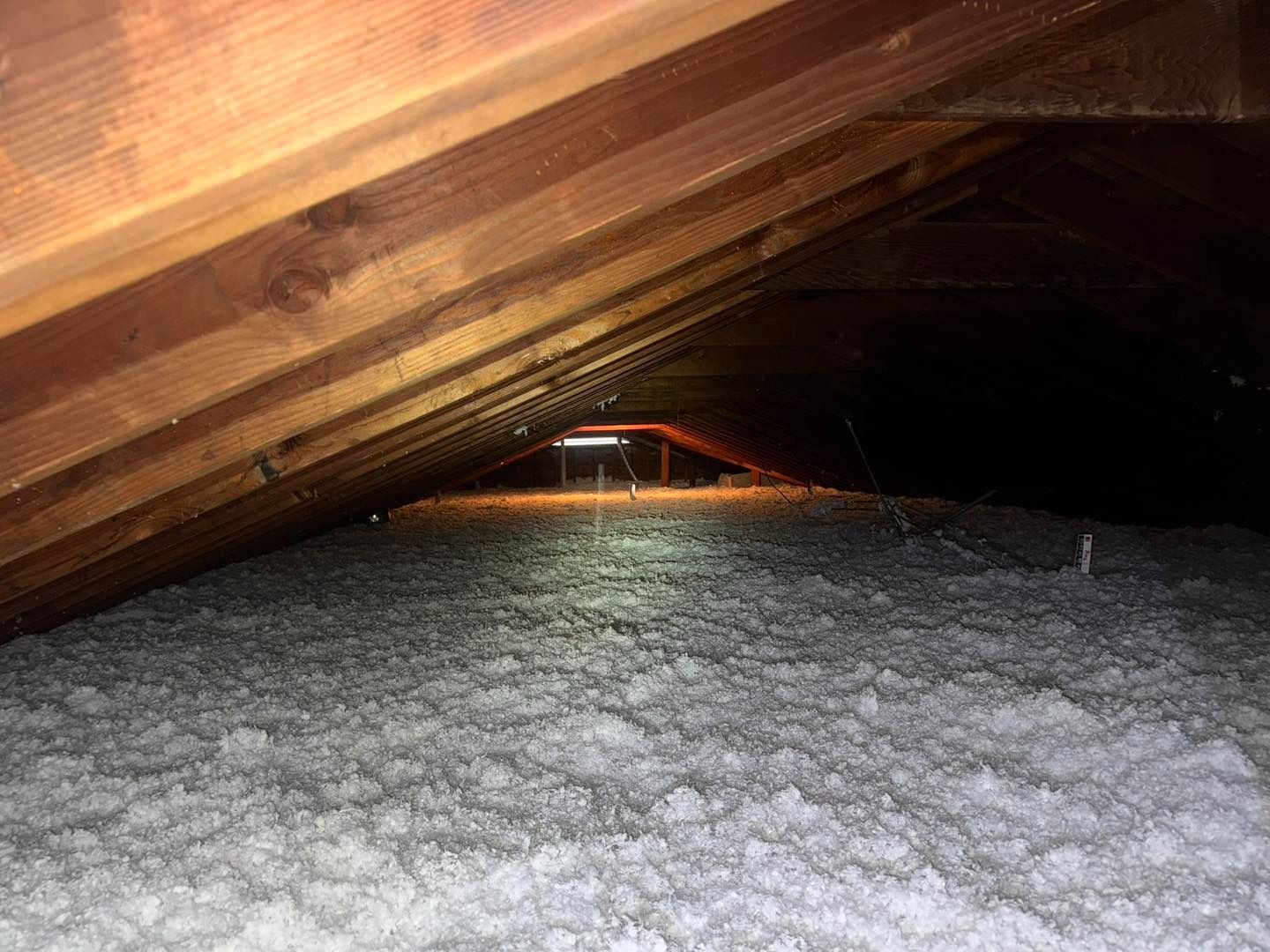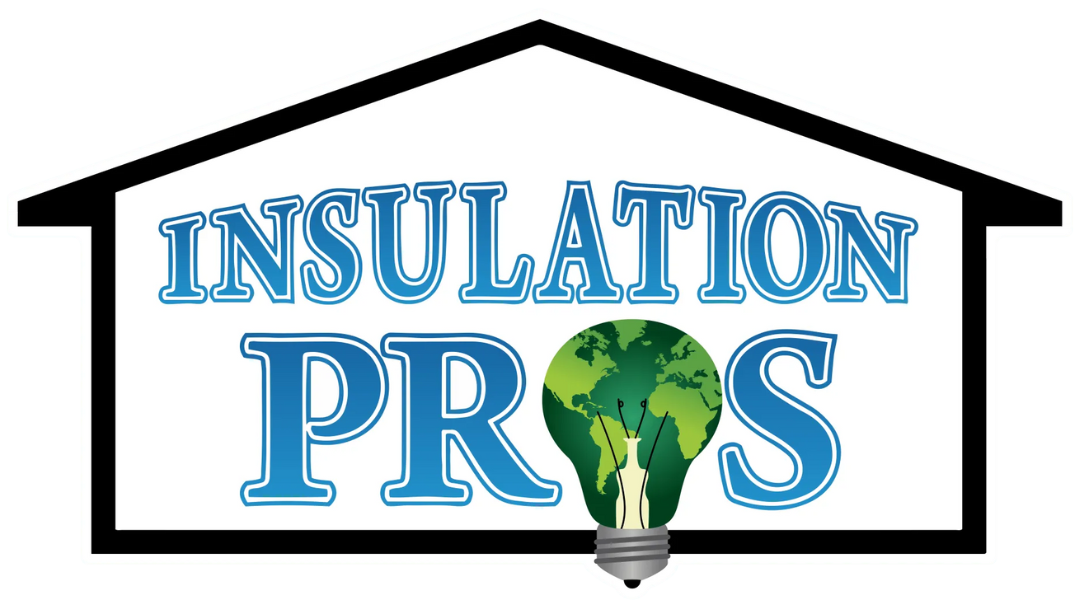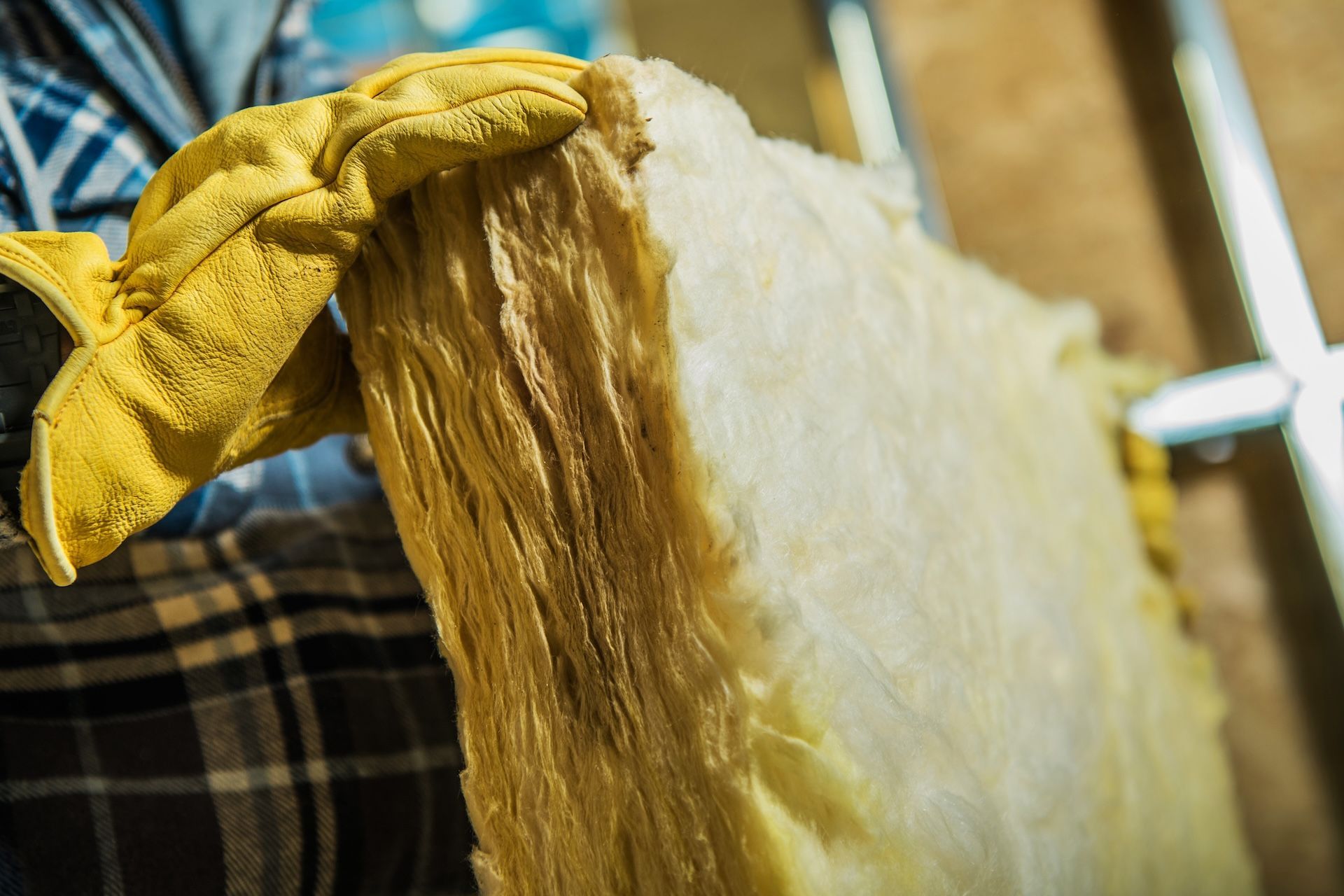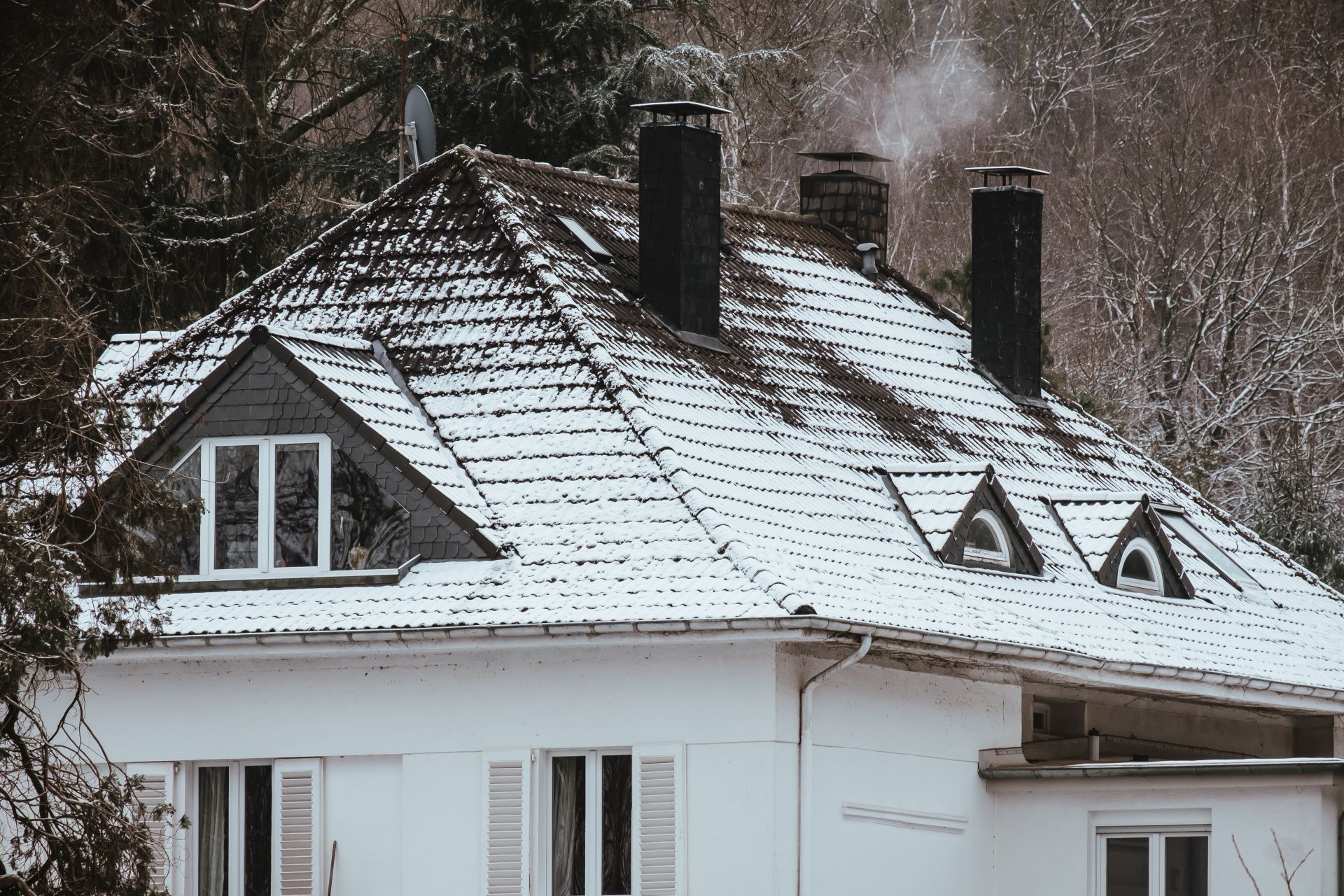What Homeowners Should Know About Insulation Rebates and Incentives
Improving your home’s insulation offers more than better comfort and lower energy bills. With current federal tax credits, state rebates, and local utility incentives, you can cut project costs dramatically. This post explains what’s available, how to qualify, and how to combine rebates for maximum value. We’ll also explore the broader benefits of upgrading insulation, practical tips for documentation, and why 2025 may be the best year to act.

Federal Tax Credits — Energy Efficient Home Improvement Credit
The Energy Efficient Home Improvement Credit (also known as Section 25C) remains one of the most important savings tools. Through 2025, homeowners can claim:
- 30% of insulation and air sealing costs, up to $1,200 each year.
- Credits for related improvements, like efficient windows and doors.
- An additional $2,000 annually for certain HVAC upgrades.
For example, if you spend $4,000 on
attic insulation and air sealing, you may receive $1,200 back at tax time. Pair that with other upgrades like a heat pump and your savings could reach the
maximum $3,200 annual credit.
Important Note: Starting in 2025, products like doors and HVAC systems require a
Qualified Manufacturer (QM) code or PIN for claiming the credit. While insulation materials are less affected, keeping organized records will make your filing smoother.
Federal Rebates — HOMES & HEEHRA
Beyond tax credits, two new rebate programs are coming:
- HOMES Rebates: Pays homeowners $2,000 to $8,000 based on how much energy their home saves after upgrades. Insulation projects that achieve measurable efficiency gains can qualify.
- HEEHRA Rebates: Provides up to $14,000 in direct rebates for electrification and energy efficiency improvements. Rebates are income-based, making them especially valuable for moderate- and low-income households.
Unlike tax credits, rebates are
discounts at the point of sale. That means less waiting for tax season—you see savings right away.
Local Utility Incentives in Kansas City, Kansas and Missouri
Federal programs get the spotlight, but local utilities provide practical, stackable incentives:
- Evergy (Kansas City): Offers rebates for insulation, HVAC, and energy-efficient appliances.
- MidAmerican Energy: Rebates on insulation, air sealing, smart thermostats, and more.
- Alliant Energy: Often gives instant discounts through its online Marketplace.
These utility programs may change yearly, so it’s smart to check before beginning any project.
Stacking Incentives — A Real-World Example
Let’s imagine a Kansas City homeowner upgrading their attic insulation for $3,500 in 2025:
- Federal Tax Credit (30%): $1,050
- Utility Rebate: $400
- State or City Program: $250
Final Cost After Incentives: $1,800
That’s almost a
50% reduction before factoring in monthly energy bill savings, which may reach $200–$400 annually depending on home size and efficiency.
Beyond the Savings — Why Insulation Is a Smart Investment
While rebates and tax credits make insulation appealing financially, the benefits go further:
- Comfort Year-Round: Insulation keeps your home cooler in summer and warmer in winter.
- Improved Air Quality: Air sealing reduces drafts, pollen, and dust infiltration.
- Noise Reduction: Sound-dampening insulation makes homes quieter—ideal for urban areas.
- Increased Resale Value: Energy efficiency is a selling point. Buyers appreciate lower utility bills.
- Environmental Impact: Lower energy consumption reduces your carbon footprint.
These benefits last long after rebates expire, making insulation a wise upgrade regardless of timing.
Common Misconceptions About Rebates
“Rebates cover 100% of my costs.”
Not quite. Most programs cap rebates or credits. They help lower costs but rarely eliminate them completely.
“I can only use one incentive.”
False. You can stack federal credits, rebates, and utility discounts together. The key is proper documentation.
“Rebates apply to labor costs too.”
For insulation, tax credits apply to materials only—not labor. Utility rebates sometimes apply to both, so check program details.
“My home is too new to qualify.”
Even newer homes benefit from added insulation or sealing. Many programs apply to any primary residence, regardless of age.
- Schedule an Energy Audit
An energy audit identifies where your home loses energy. Many utilities even subsidize this service. - Choose Eligible Products
Opt for insulation types that meet energy efficiency standards, such as spray foam or fiberglass. - Keep All Documentation
Save receipts, manufacturer’s information, and rebate forms. Starting in 2025, certain products require QM codes. - Apply Quickly
Rebate funding is often limited. Submitting paperwork early improves your chances of approval. - Work With Experts
Partner with a trusted contractor like Insulation Pros. We’ll help ensure your project qualifies and that you claim every available rebate.
Why 2025 Is the Time to Act
The clock is ticking. Current tax credits are set to expire December 31, 2025. Utility rebates may also shift with new budgets. Homeowners who act now:
- Secure guaranteed savings.
- Improve their home before another cold Kansas City winter.
- Avoid last-minute contractor rushes at year-end.
See How Insulation Pros Can Help You
Insulation Pros is here to simplify the process. We’ll evaluate your home, recommend the best insulation type, and guide you through every available rebate and credit.
👉
Schedule your service today or call
(913) 374-6037 to lock in savings and enjoy year-round comfort.
Book a Service Today
Recent Posts
Owned
Veteran Owned and Family Operated
Team
Experienced Team at Insulation Pros
Free Quote
Our team offers free estimates
Service
#1 Customer Rated in Kansas City




